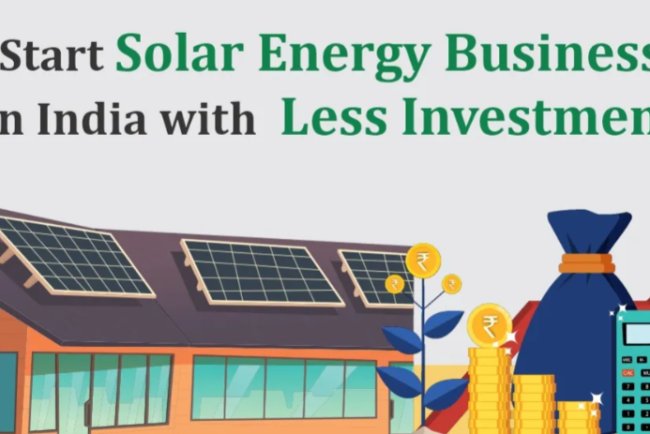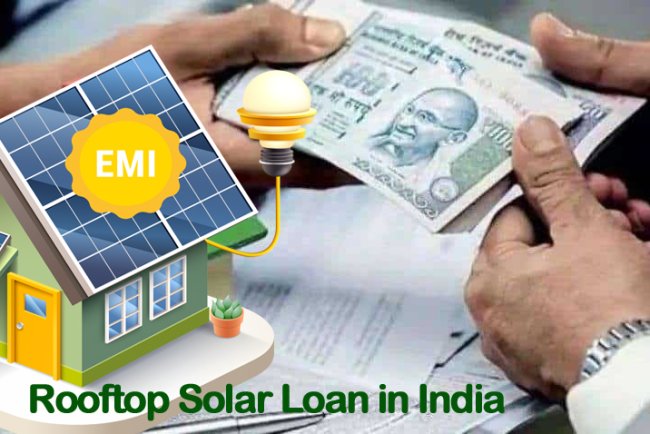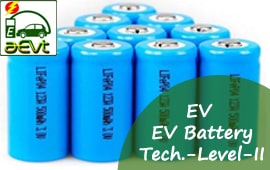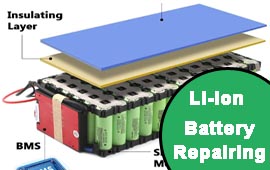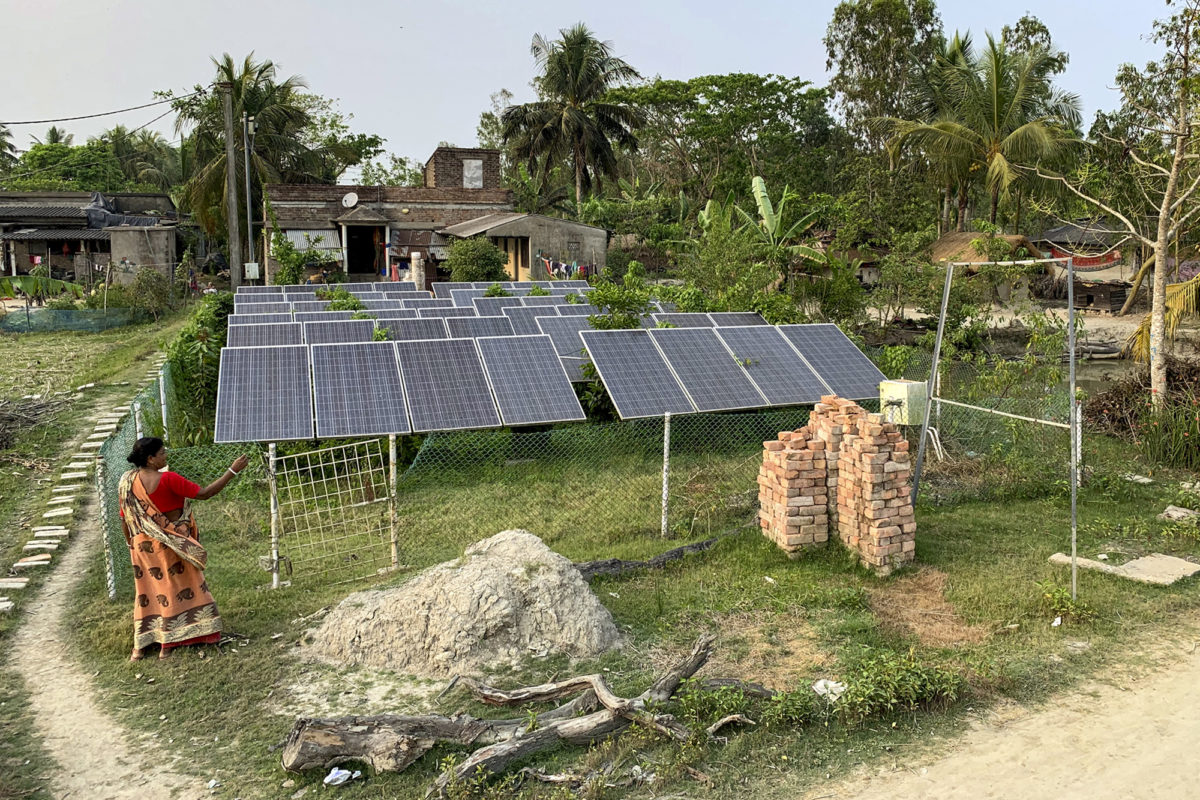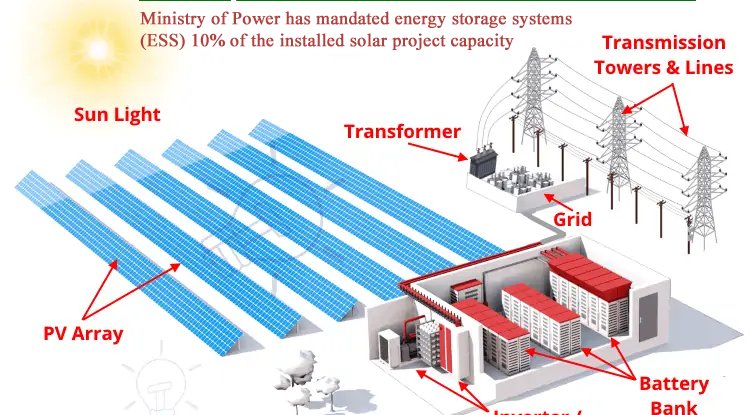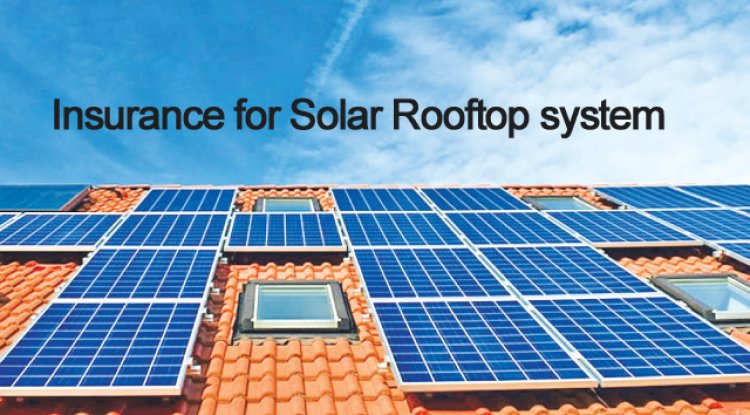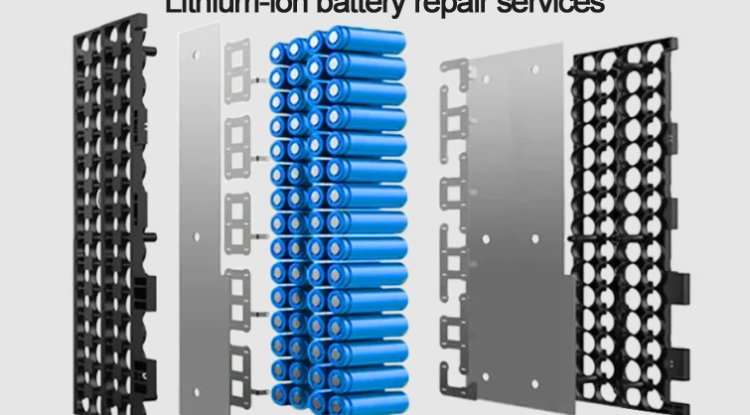The Future of Solar Inverter Technology
PR Newswire: Solar inverter is the brains of a solar energy system, play a multifaceted and crucial role. Primarily, they convert the direct current (DC) generated by solar panels into alternating current (AC). As the demand for renewable energy grows, solar inverters are evolving to become more efficient, smarter, and more reliable. Below, we explore the latest innovations in solar inverter technology and their potential to transform the renewable energy landscape.
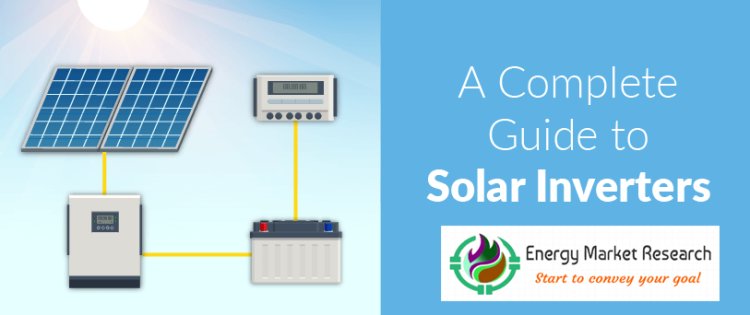
The solar energy market is on an unprecedented growth trajectory, driven by technological advancements, decreasing costs, and increasing environmental awareness. Solar inverters are at the heart of this growth, evolving to meet the demands of a diverse and expanding market. As solar inverters become more efficient, intelligent, and integrated, the economic case for solar power strengthens, attracting more investments into the sector. The future of solar inverter technology is not just promising in terms of technological innovation but also in its potential to drive economic growth and environmental sustainability.
Solar inverters play a critical role in Photovoltaic systems by converting the direct current (DC) electricity generated by solar panels into alternating current (AC) that can be fed into the electrical grid or directly used to power homes and businesses. The Inverter, brains of the operation that converts DC (direct current) electricity from your panels into usable AC (alternating current) for your appliances. Know the latest trends in inverter technology, highlighting innovations that are driving efficiency, versatility, and sustainability in the power sector.
Choosing the right solar inverter is crucial because it directly impacts the efficiency and overall performance of your solar system; a poorly matched inverter can significantly reduce energy production by not optimizing the power output from your solar panels, leading to lost savings and a less effective system; therefore, selecting an inverter that matches your solar array size and power needs is essential for maximizing energy generation and getting the most out of your investment.
The future of solar inverter technology looks promising, with more efficient and compact systems that are integrated with smart grids. These advancements will help to reduce environmental impact and promote renewable energy.
- Higher conversion efficiencies: Inverters will be able to convert more of the sun's energy into power.
- Increased power density: Inverters will be able to produce more power per unit of space.
- MPPT technology: Inverters will be able to extract the most power from solar panels under different conditions, such as changes in temperature and sunlight intensity.
Inverter basically three type - Central, string, and micro-inverters
Early solar PV systems relied on central inverters, but they had limitations such as single point of failure risks. String inverters provide modularisation and redundancy compared to central designs. This means that if one inverter fails, the PV system can continue functioning. A major innovation is the development of micro inverters, which convert energy at the individual solar panel level. Hybrid Inverters designed to work with battery storage systems, hybrid inverters not only convert DC to AC but can also charge and draw power from batteries. They are becoming increasingly popular in systems aiming for energy independence or where grid reliability is an issue.
Today, central and multi-phase string inverters dominate the utility and large commercial segments. Continued innovation is focused on enhancements such as integrated energy storage and smart grid support functions across all inverter architectures.
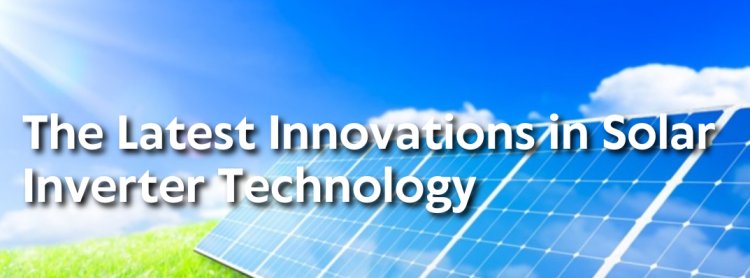
The Latest Trends in Inverter Technology : Powering a Smarter Future
- Boosting Efficiency to increase Power generation: Early solar inverters utilised bulky line frequency transformers to provide electrical isolation and step up the DC voltage. However, transformer-less inverter topologies were introduced to reduce size, weight and materials. They use advanced control techniques and silicon carbide switching devices to safely isolate the DC and AC sides. These types of transformers significantly reduced materials and today, the majority of string inverters in the market are transformer-less. Solar inverters continually track the voltage and current of the solar panels, operating them at their maximum power point (MPP). This ensures that the panels generate the highest possible amount of power, adapting to changing conditions like sunlight intensity and temperature. By incorporating these advanced materials, inverters can now operate at over 99 per cent efficiency, a significant jump from the 95-96 per cent efficiency achieved by previous commercial products. Higher efficiency reduces electricity losses during inversion from DC to AC, allowing more solar energy delivery to the grid.
- Grid Management and Synchronization: In grid-tied systems, inverters synchronize the AC output with the grid’s voltage and frequency. They ensure that the solar-generated electricity is compatible with the grid’s power, allowing excess energy to be fed back into the grid seamlessly. Smart inverter capabilities being introduced include voltage regulation, voltage and frequency ride-through, ramp rate control, and advanced reactive power control. These smart inverter functions are crucial for mitigating the impacts of increasing renewable energy penetration on grid stability.
- Energy Storage Integration: With the increasing adoption of energy storage systems, grid-interactive inverters are becoming more popular. These inverters can seamlessly integrate with battery storage, allowing for better energy management and utilization. They enable features such as peak shaving, load shifting, and backup power during grid outages. By coordinating with energy storage systems, grid-interactive inverters help stabilize the grid and enhance energy resilience. For residential systems, integrating storage with solar enables households to consume their own solar energy, increasing self-consumption and bill savings. Excess solar power can charge the batteries rather than being exported for low feed-in tariff rates. The stored energy can then power the home’s loads in the evening. This provides backup power during grid outages while also reducing grid dependence.
Lithium-ion batteries are widely used for their efficiency and long lifespan. These batteries can store substantial amounts of energy in a compact form, reducing the need for large storage units. However, solid-state batteries, although still in development, promise even better performance with higher energy densities, faster charging times, and enhanced safety.
Solar inverters are evolving to better integrate with these advanced battery technologies, ensuring that users have a continuous energy supply regardless of time of day or weather conditions.
- The Internet of Things (IoT) Revolution: One of the most groundbreaking advancements in solar inverter technology is the integration of Artificial Intelligence (AI). AI-powered algorithms are revolutionizing how inverters optimize performance. By analyzing real-time weather patterns, energy consumption data, and other environmental factors, AI systems can predict energy needs and adjust inverter settings for peak efficiency. AI also allows for coordination across multiple inverters in large-scale installations, optimizing energy distribution and minimizing waste. With AI, solar inverters are not just reactive systems but smart, adaptive technologies that can maximize energy output in various conditions. This innovation makes solar power more reliable and efficient, significantly enhancing solar energy systems' overall performance. Smart communication technologies that allow the remote monitoring, control and troubleshooting of inverters and connected PV systems. Cloud-based platforms can analyse performance data to detect faults, forecast maintenance needs and identify optimisation opportunities. Smart capabilities like rapid shutdown compliance allow remote control over safety functions. The integration of inverter data with artificial intelligence and machine learning algorithms is also being utilised to improve diagnostics and operational efficiency.
-
Smart Monitoring and Control: Real-Time Energy Management:
The integration of IoT technology into solar inverters has opened up new vistas for system monitoring and maintenance. Real-time data analytics and cloud-based platforms offer insights into system performance that were previously unattainable. Solar inverters are becoming more user-friendly with the integration of smart monitoring and control systems. These systems, accessible through mobile apps and smart home integrations, offer real-time insights into solar energy production, consumption, and storage.
Through a simple mobile interface, users can track the performance of their systems and make adjustments as needed. For instance, they can modify settings to optimize energy use or troubleshoot issues, giving them greater control over their energy management. This innovation makes solar power systems more accessible, empowering homeowners and businesses to maximize their energy savings. Users can now receive instant notifications on their smartphones about system status, energy production, and even environmental benefits.
-
Advanced Thermal Management
As inverters become more powerful, managing the heat they generate becomes crucial. Especially in hot climates, efficient thermal management will be crucial for inverter longevity. Look for improved cooling technologies to keep your inverter running smoothly.
Innovations in thermal management, including liquid cooling systems and heat sinks designed with advanced geometries, are keeping temperatures in check.
These solutions not only prevent overheating but also contribute to the compactness of inverters, allowing for more flexible installation options.
- Safety Management: Safety is paramount in electrical systems, and solar inverters incorporate several features to ensure safe operation.
Arc Fault Detection and Protection: Enhanced systems will identify and prevent potential fire hazards caused by electrical arcing.
Cybersecurity Measures: With increased connectivity comes the need for robust cybersecurity protocols to safeguard inverters from cyberattacks and data breaches.
The latest inverters are being designed with a focus on sustainability, reducing the use of materials and minimizing environmental impact. Advanced manufacturing techniques and the use of lightweight, recyclable materials contribute to the eco-friendliness of these devices. Higher energy efficiency not only reduces operational costs but also contributes to lower carbon emissions. By maximizing the conversion efficiency of DC to AC power, modern inverters help reduce the overall energy footprint of renewable energy systems and other applications.
Such design considerations ensure that inverters can withstand challenging conditions and maintain reliable operation over time. Manufacturers are also focusing on improving inverter reliability and keeping costs down.
One of the most neglected aspects in solar system design is proper string sizing according to the inverter Maximum Power Point Tracking rating.
Many EPCs fail to design strings correctly, leading to:
Voltage Mismatch – If the voltage is too high, it can damage the inverter. If it’s too low, the inverter won’t function efficiently, leading to reduced energy generation.
Optimal Power Output– Incorrect MPPT design means the system never reaches its highest efficiency, reducing financial returns.
System Failures– Poorly designed strings can stress system components, causing premature failures and increased maintenance costs.
A well-designed system is not just about selling solar panels, it’s about delivering a reliable and efficient energy solution that meets the customer’s long-term needs.
Conclusion
As the world shifts toward renewable energy, solar inverter technology is advancing rapidly to keep pace. Innovations such as AI integration, solar battery storage, improved efficiency, and smart monitoring systems are making solar energy more reliable and accessible. Furthermore, the increasing emphasis on solar energy development across most countries indicates a collective global commitment to renewable energy.
Solar inverters have transcended their traditional roles, emerging as dynamic, intelligent systems capable of optimizing energy production, ensuring grid stability, and paving the way for a seamless integration of renewable energy sources. Therefore, continued inverter innovations centred around customisation and digitalisation are critical for supporting a renewable-based grid. As we move towards a more sustainable future, the role of inverters is set to become even more integral. We can expect continuous improvements in efficiency, intelligent grid capabilities, and integration with home energy systems. The inverter of tomorrow will not just be a piece of equipment but an innovative, proactive component, intelligently managing energy flow, optimizing performance, and contributing to a stable, sustainable, and efficient power grid.
RE News: Renewable energy Latest News & Resources - including solar, wind, hydropower, biofuels and others new and appropriate energy generation technology.


